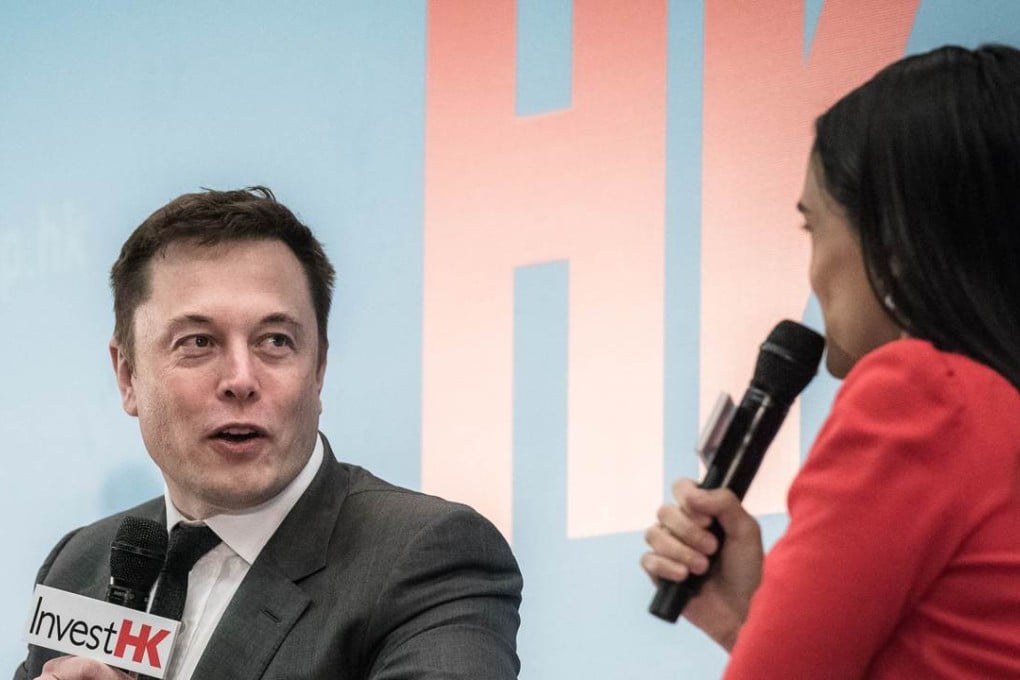China can ‘easily’ support all its energy demand using homegrown solar power, says Tesla’s Musk in Hong Kong

China can use its huge land mass to harness enough solar energy to “easily” generate enough power to satisfy the needs of the whole country including Hong Kong, Tesla CEO Elon Musk said in Hong Kong today, as China moves towards more sustainable energy production.
“China has an enormous land area, much of which is hardly occupied at all,” said Musk at the StartmeupHK Venture Forum in Hong Kong.
READ MORE: With Tesla’s Model S now Hong Kong’s top-selling sedan, chief Elon Musk predicts city to become world leader in electric vehicles
“The Chinese population is concentrated along the coast. Once you go inland, the population in some cases is remarkably tiny,” he said.
“You can easily power all of China with solar [energy].”
While Musk does not see rooftop solar panels as a viable solution for Hong Kong’s energy needs, he suggested the city could harness some of the solar energy produced in China.